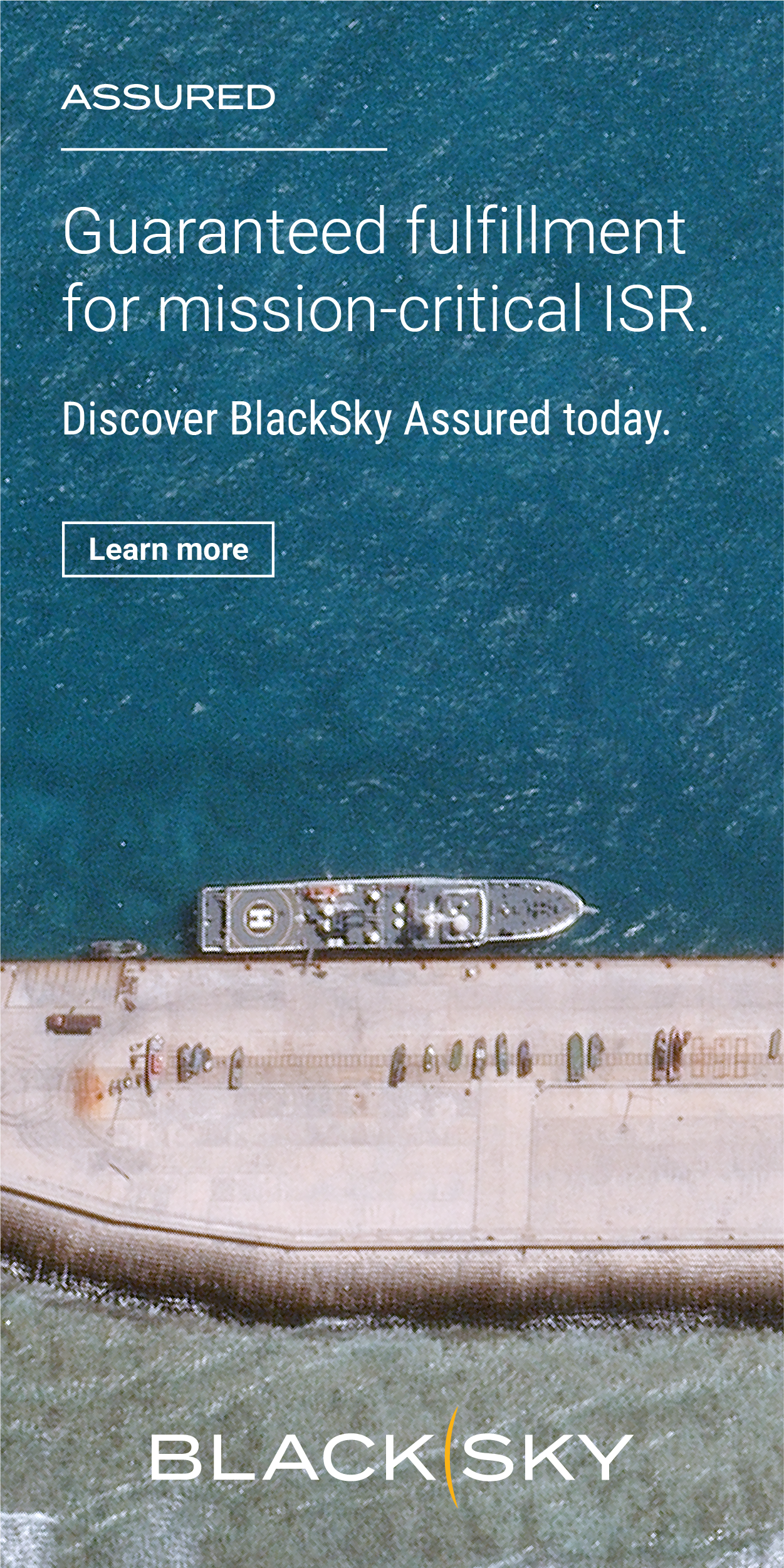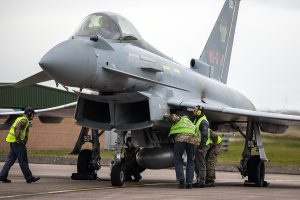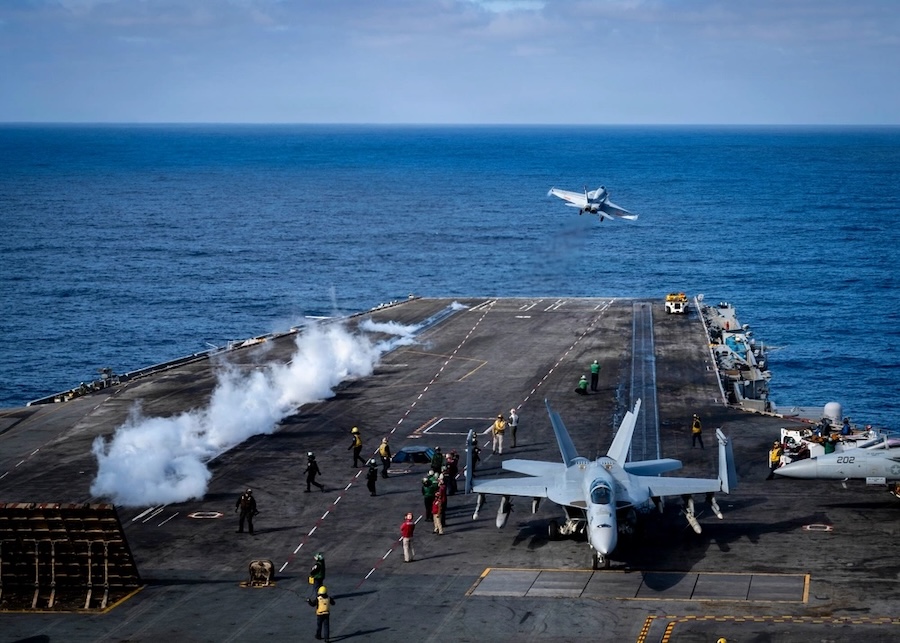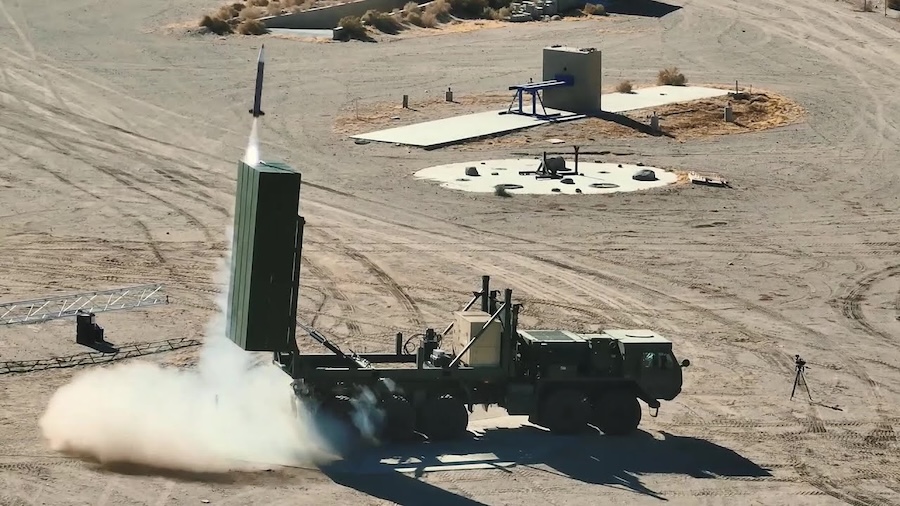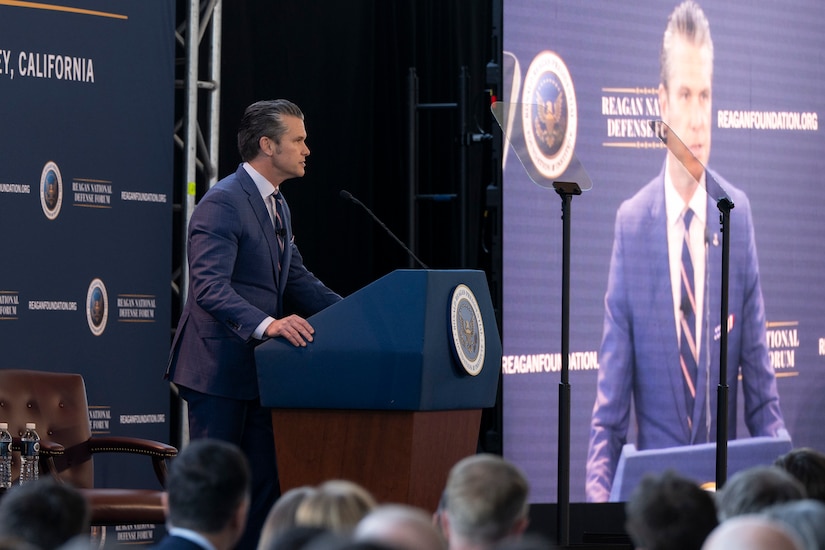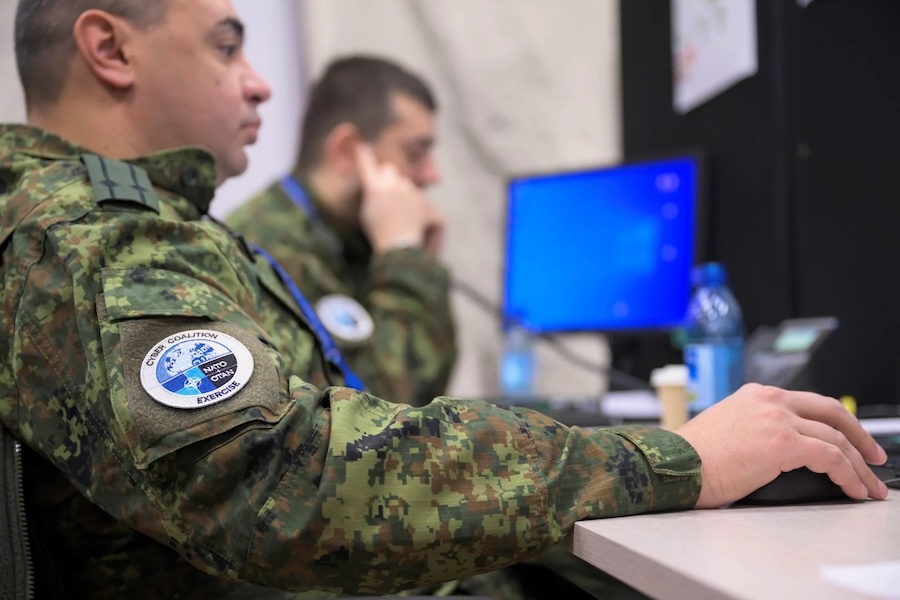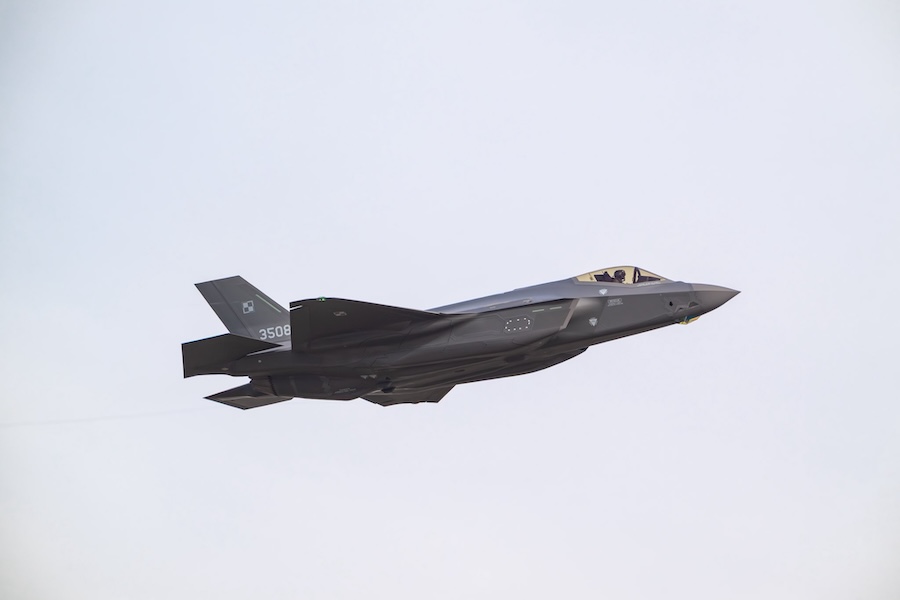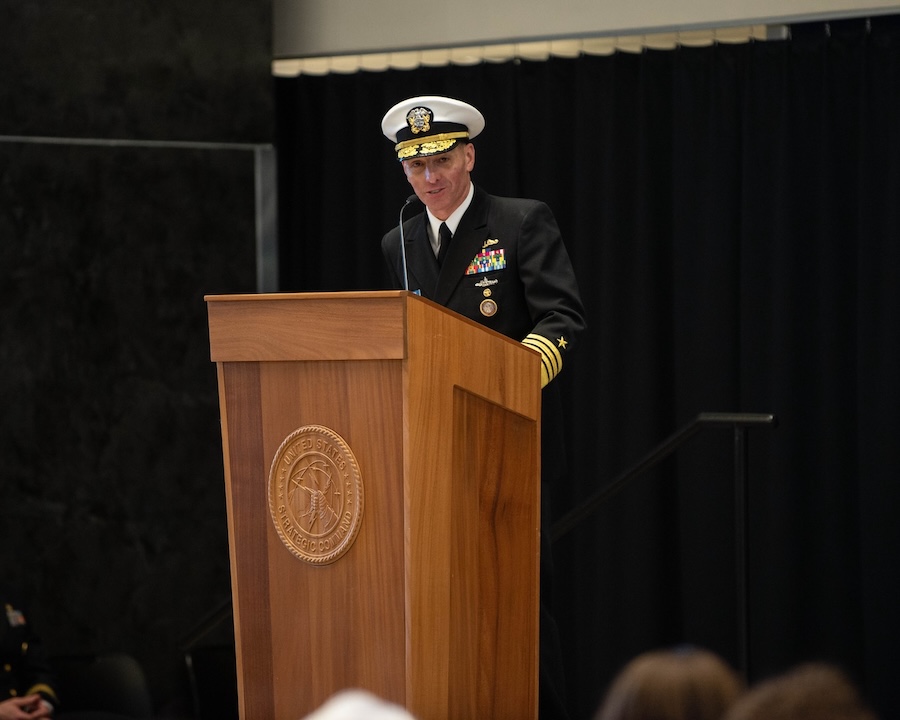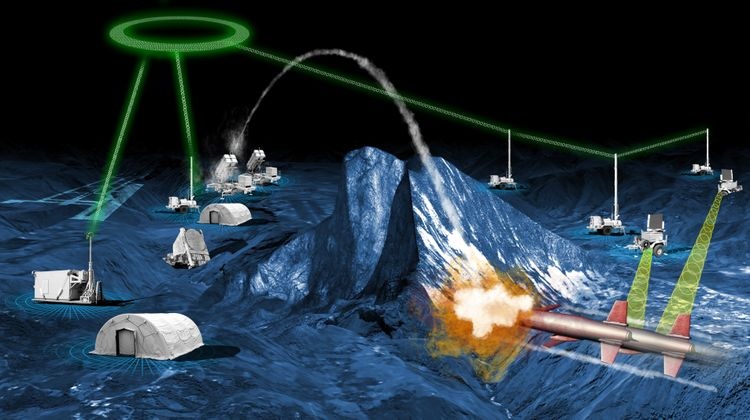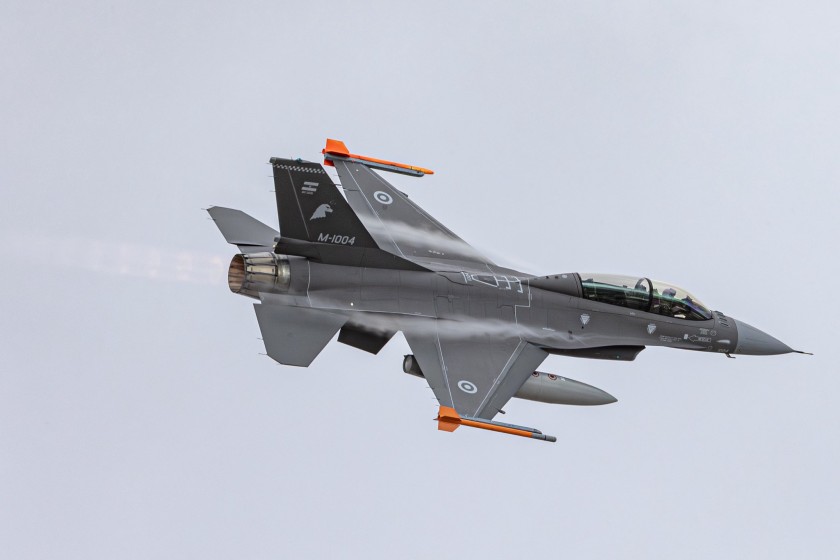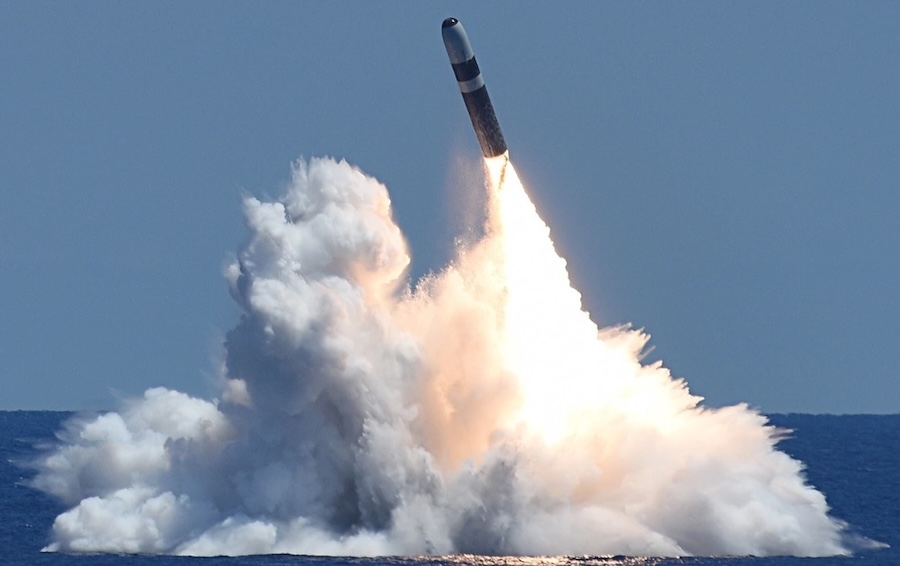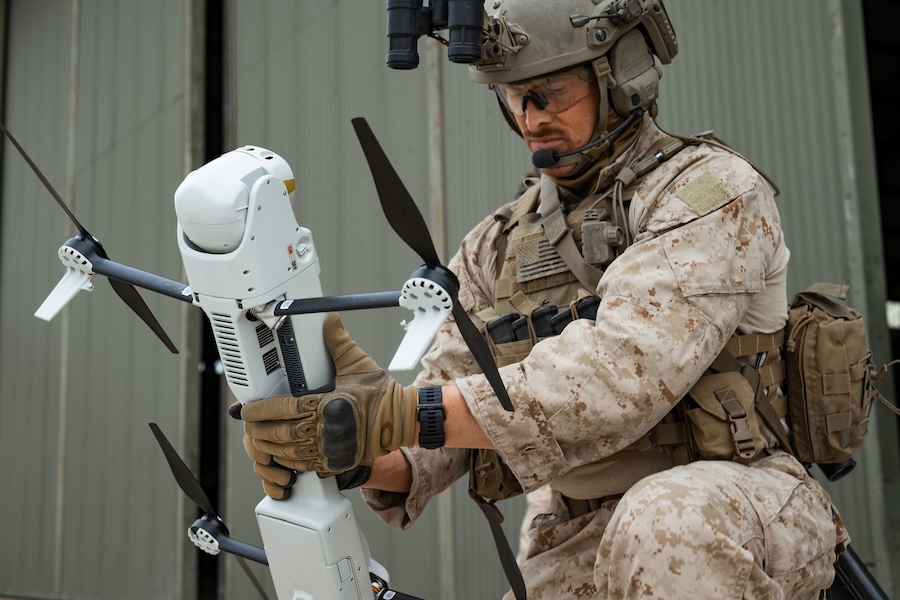The first aircraft identified was an An-30, a Soviet-era twin turboprop reconnaissance aircraft known by its NATO designation “CLANK.” After identification, the Typhoons shadowed the aircraft to ensure the safety of nearby air traffic.
During the same sortie, NATO redirected the RAF Typhoons to intercept a second unidentified aircraft in the area. The aircraft was an Ilyushin Il-20M, referred to by NATO as “COOT A,” a Soviet-era signals intelligence platform, which was also shadowed until no longer deemed a risk.
The aircrew from No. II (Army Co-operation) Squadron, operating under 140 Expeditionary Air Wing (EAW), are currently conducting Quick Reaction Alert duties as part of Operation Chessman. This operation forms the UK’s contribution to NATO’s eAP mission in the Baltic region.
“Today was the second time in three days that NATO have scrambled Typhoons from our base in northern Poland,” said an EAW spokesperson. “NATO instructed us to scramble, intercept and identify an unknown aircraft transiting close to NATO air space. It was not communicating, SQUAWKing, nor did it file a flight plan. All aircraft must do at least two of the three in accordance with international law. Neither aircraft were complying with international law, therefore NATO can legally scramble aircraft to intercept.”
The spokesperson added, “Once intercepted and identified we shadowed the aircraft to protect civilian air traffic in the immediate area. This is common practice as without SQUAWKing or communicating, civilian aircraft and air traffic controllers cannot be confident with the non-communicating aircraft’s movements.”
RAF personnel deployed to Malbork Air Base are working alongside NATO allies, including Sweden, NATO’s newest member. Their presence supports air policing operations to maintain the security and integrity of NATO airspace.
Source: Royal Air Force (RAF).







